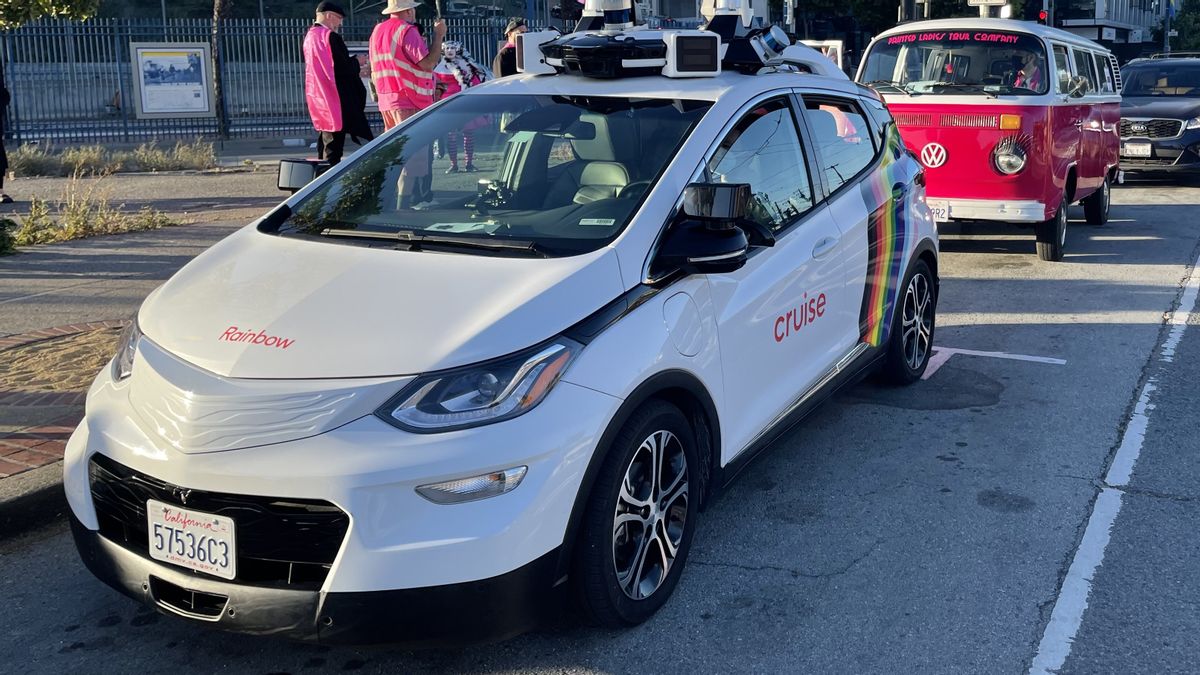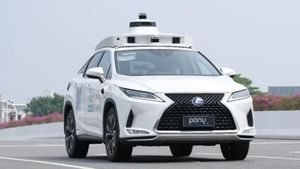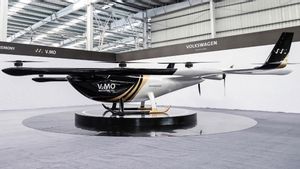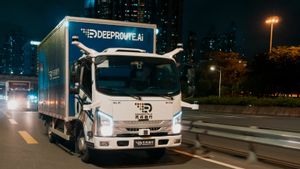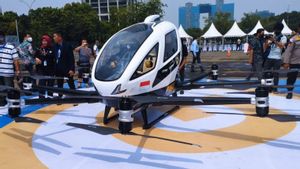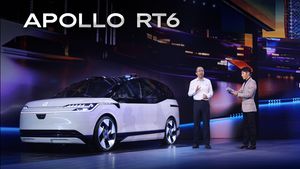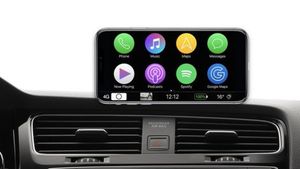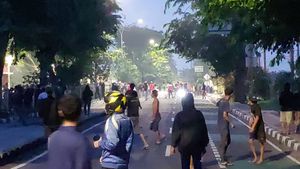JAKARTA - Cruise, General Motors' autonomous vehicle company, will launch its robotaxi service in Phoenix, Arizona, and Austin, Texas, before the end of 2022. The company's CEO announced Monday, September 12.
The company currently operates a ride-hailing service in just one city, San Francisco, where it has received permission to begin billing customers for trips earlier this year. The service took years to improve but Cruise now says it can do the same in two new cities in 90 days.
Cruise has been conducting autonomous testing in Phoenix through a shipping partnership with Walmart. But it has never deployed any vehicles in Austin, which Cruise CEO Kyle Vogt says is unprecedented.
“In Austin, what I really like is that we went from zero footprints — no maps, no infrastructure on the ground — to our first revenue-generating driverless rides in about 90 days,” Vogt said during a speech at a Goldman Sachs conference, Monday, September 12, quoted by The Verge. "This is something that people think may take years."
Indeed, it took Cruise years to launch a paid driverless taxi service in San Francisco. The company originally planned to launch a commercial robotaxi service there in 2019 but failed to do so after stating that the technology was not quite ready.
Cruise currently offers a wide range of services in San Francisco, from day trips in its autonomous vehicle with a driver safely behind the wheel to night trips in a driverless car. Unfortunately, Cruise is currently prohibited from offering driverless trips during the day.
Currently, only a handful of AV operators actually deploy driverless vehicles, also known as Level 4 autonomous vehicles, on public roads. Waymo, Alphabet's self-driving unit, has been operating Level 4 vehicles in suburban Phoenix for several years, including trips with paying customers. They also plan to launch a paid service in San Francisco and surrounding cities in the coming months.
Motion, a joint venture between Hyundai and Aptiv, is testing its L4 vehicle in Las Vegas. Yandex, the Russian tech giant, tested Level 4 vehicles in Las Vegas during the Consumer Electronics Show in 2020 but has closed its operations in the US following Russia's invasion of Ukraine. Even Chinese tech company Baidu started testing its safe driverless vehicles in its home country in late 2020.
SEE ALSO:
In his comments today, Vogt implied that Cruise's relationship with GM gave it an edge over its competitors, thanks to the latter's expertise in manufacturing vehicles on a large scale.
This will ensure that Cruise can not only deploy its vehicles in new cities quickly but also be able to do so while absorbing the costs associated with each new launch.
"Each of these new markets has an overhead," he said. “We've set up a glide path, where on the one hand, the technological improvements we've made open up new markets, like new capabilities — maybe really bad weather or something — and on the other, you see us increasing production capacity to push the vehicles to the next market level."
Cruise's current fleet consists of Chevy Bolt electric vehicles equipped with sensors, such as cameras, radar and lidar. The company is testing its next-generation vehicle, Cruise Origin, at a test site in Michigan, with plans to ramp up production next year.
"The Origin is a real vehicle now, and we're testing it on a closed track," Vogt said. "It's really self-driving here."
Vogt estimates that Cruise will generate up to $1 billion in annual revenue by 2025. This is a bold statement considering how slowly AV has been getting out of the gate.
The English, Chinese, Japanese, Arabic, and French versions are automatically generated by the AI. So there may still be inaccuracies in translating, please always see Indonesian as our main language. (system supported by DigitalSiber.id)
